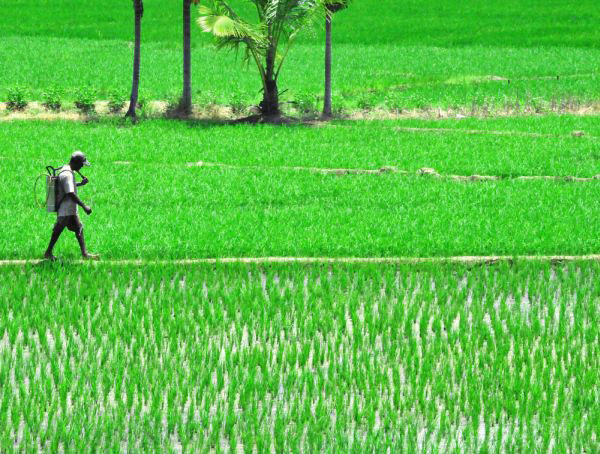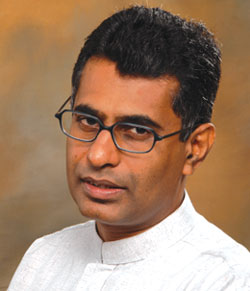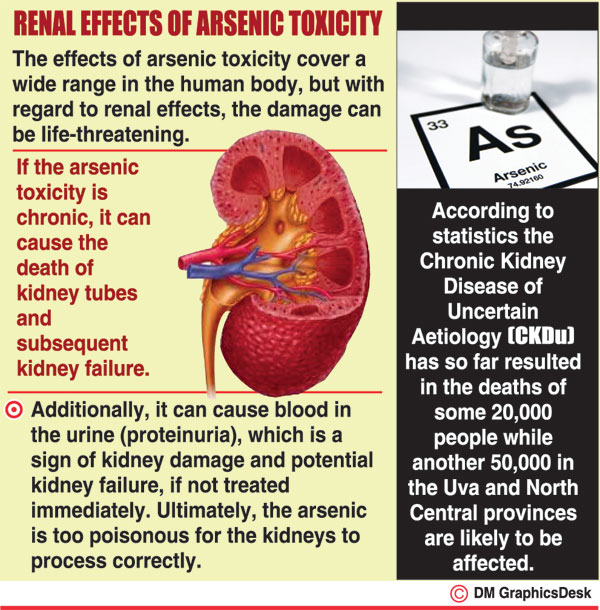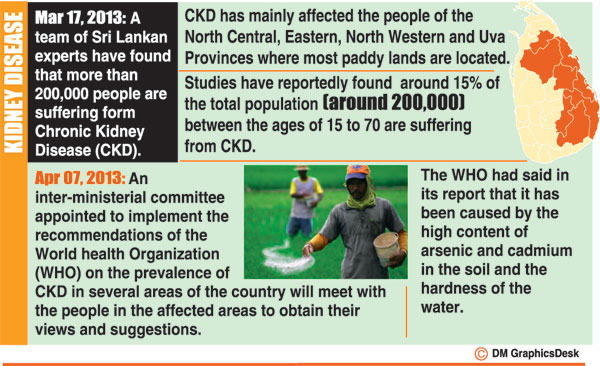Reply To:
Name - Reply Comment
Last Updated : 2024-04-19 16:08:00

 - By Patali Champika Ranawaka
- By Patali Champika Ranawaka.jpg) Rachel Carson and her book Silent Spring paved the way for the modern environment movement in the U.S.A. and to ban DDT and other related synthetic chemicals which has destroyed living beings including pests. Now this silent spring is echoing in our North Central province. There prevails a deadly silence of a chronic kidney disease which has already killed hundreds of innocent poor farmers.
Rachel Carson and her book Silent Spring paved the way for the modern environment movement in the U.S.A. and to ban DDT and other related synthetic chemicals which has destroyed living beings including pests. Now this silent spring is echoing in our North Central province. There prevails a deadly silence of a chronic kidney disease which has already killed hundreds of innocent poor farmers.
.jpg)


Add comment
Comments will be edited (grammar, spelling and slang) and authorized at the discretion of Daily Mirror online. The website also has the right not to publish selected comments.
Reply To:
Name - Reply Comment
On March 26, a couple arriving from Thailand was arrested with 88 live animal
According to villagers from Naula-Moragolla out of 105 families 80 can afford
Is the situation in Sri Lanka so grim that locals harbour hope that they coul
A recent post on social media revealed that three purple-faced langurs near t